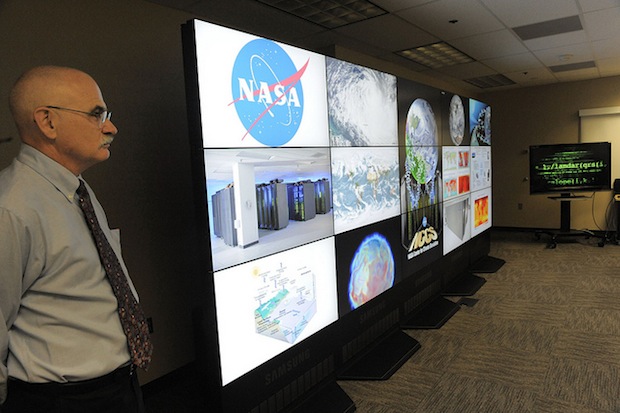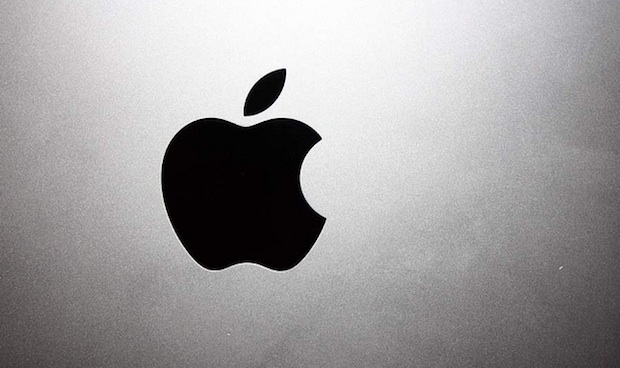
Lots of industries are becoming saturated with competitors, to the point where they’re becoming commoditized. My own industry, cloud storage, is a great example. The consumer or business looking for online storage now versus even one or two years ago can be paralyzed by options. As a startup that operates within this ecosystem, you’d think I’d be up all night.
I’m not.
A funny thing happens when an industry that was once nascent becomes the next big thing: Everyone thinks they can do your job. Goliath competitors get in the game. But it doesn’t signal the end for startups, despite popular belief. It’s a renaissance, a period of both rebirth and adaptation.
A week or so ago, I was listening to a piece on NPR about the democratization of air travel, and airlines’ non-responsiveness to travelers’ woes. Essentially, a few relative newcomer airlines like Virgin America (with its Red in-flight concierge) and Southwest (with fee-free baggage) have seen an opportunity to reinvent the experience of air travel, capitalizing on the frustrated passengers incumbent airlines have left in their wake (or prop-wash, if we’re going there). They took on Goliath airlines and are winning by being responsive, rather than just sticking to “the way it’s always been.” Sure, a lot of processes are still quite flawed, but these are baby steps in the right direction.
Responsiveness to change is the number one advantage startups have over larger incumbents. The inertia required to get momentum started in a large company is often too great. Taking it back to high school physics, a body at rest tends to stay at rest. It sounds so simple, yet so few companies take time to adapt their product to deal head-on with what the public really wants. If every airline took this to heart, a lot more traveler gripes might be resolved, processes would be streamlined, and the whole experience of flying in general could be improved.
I’ve thought about this a lot, as more and more large companies creep into our territory every day. As Mark Suster says in this piece about what to do when a big company tries to eat your lunch, don’t be naive enough to think that a “big, dumb company” is trying to take over your territory. These companies certainly didn’t become big by being dumb. Just realize that your smaller stature makes you much faster and more nimble than them. In no area is this more evident than responsiveness.
It’s not always easy to turn on a dime, but it’s certainly worth it to adapt your product to what your customers are requesting. This customer-focused approach helps startups build something that’s grounded in what people actually want to use every day. It might take some time to rework what you’ve got, but I assure you it will be worth it when the volume of people using your product or service increases and word of mouth lights up your company like wildfire.
For startups and large companies competing in crowded industries, there will surely be a “survival of the fittest” epic battle playing out for everyone to see. As I’ve written in the past about “frenemies,” you don’t always have to compete to the death to win in the startup game. You just have to be smart enough to know when and how to adapt. Here’s to a 2012 of adaptation and rebirth of industries people have written off as commoditized. My bet is that we’ll see a lot of innovation in these areas we never even expected as people fight to not only survive, but thrive.
For more leadership coverage, follow us on Twitter and LinkedIn.
[Image: Flickr user Frank Vassen]

 Follow @FastCoLeaders for all of our leadership news, expert bloggers, and book excerpts.
Follow @FastCoLeaders for all of our leadership news, expert bloggers, and book excerpts.
 Old paradigms die hard. I was reminded of that recently when
talking to PR guru, author, and consultant
Old paradigms die hard. I was reminded of that recently when
talking to PR guru, author, and consultant 






 iPad 3 "HD"
iPad 3 "HD" iPad 4 in October
iPad 4 in October 50-inch Apple TV
50-inch Apple TV New York press event
New York press event Quad-core A chips
Quad-core A chips Thunderbolt in iDevices
Thunderbolt in iDevices


 4. Seek out knowledge holders and sources. Be proactive about gaining knowledge by searching for expertise. Who knows something about what you’re working on? Go talk to those people. You’d be amazed how many doors you can open just by telling people you’d like to learn from them. In addition, where can you find information about what you’re working on? Go look up those sources, whether they are case studies, books, business magazines or what have you.
4. Seek out knowledge holders and sources. Be proactive about gaining knowledge by searching for expertise. Who knows something about what you’re working on? Go talk to those people. You’d be amazed how many doors you can open just by telling people you’d like to learn from them. In addition, where can you find information about what you’re working on? Go look up those sources, whether they are case studies, books, business magazines or what have you. 


 Andrew Garner dances shirtless to “Friday” by Rebecca Black during his turn to broadcast live on YouNow.com.
Andrew Garner dances shirtless to “Friday” by Rebecca Black during his turn to broadcast live on YouNow.com. Web medium aside, the feeling participants are left with is something akin to the feeling late-'70s TV viewers might have had watching Chuck Barris’s classic TV game, The Gong Show--where contestants showed off various talents to a panel of judges. It was irreverent and dominated by sketchy performers with hilariously bad acts (and, of course, tons of polyester and bell-bottoms). When judges decided enough was enough, one of them rang a giant gong and cut the performer off, mid-unicycle spin. Much of the show’s appeal was due to the mix of awe-inspiring talent and aesthetic atrocity that took the stage. "The Gong Show was corny but unpretentious and a lot of fun. Considering the bloated, overrated junk that passes itself off as talent competitions now, I wish I had taken it more seriously back in the day," says renown critic
Web medium aside, the feeling participants are left with is something akin to the feeling late-'70s TV viewers might have had watching Chuck Barris’s classic TV game, The Gong Show--where contestants showed off various talents to a panel of judges. It was irreverent and dominated by sketchy performers with hilariously bad acts (and, of course, tons of polyester and bell-bottoms). When judges decided enough was enough, one of them rang a giant gong and cut the performer off, mid-unicycle spin. Much of the show’s appeal was due to the mix of awe-inspiring talent and aesthetic atrocity that took the stage. "The Gong Show was corny but unpretentious and a lot of fun. Considering the bloated, overrated junk that passes itself off as talent competitions now, I wish I had taken it more seriously back in the day," says renown critic 
